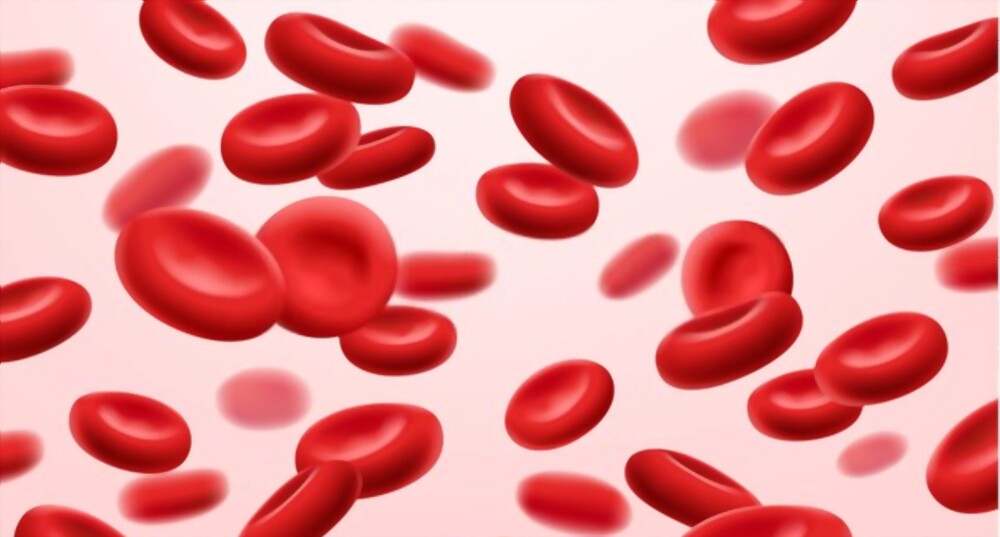High and low hemoglobin levels are related to chronic diseases and illnesses. They increase the risk of cancer, heart disease, and chronic lung disease. Iron is important to prevent these conditions and maintain proper hemoglobin levels. Several foods contain iron. Smoking can raise your levels. But, this habit also increases the risk of other health problems, including cancer.
Iron-rich foods
Hemoglobin levels play an important role in the production of red blood cells. If you don’t have enough hemoglobin, you might need to take iron supplements or donate blood. While low hemoglobin levels can be problematic, they are usually temporary. If you suspect that you have a low hemoglobin level, try eating more iron-rich foods.
One of the foods that can raise hemoglobin levels is spinach, which contains about 4 milligrams of iron per 100 grams. Another great food to eat is pomegranate, which is high in iron and contains several vitamins and minerals. Sun-dried tomatoes are another excellent source of iron. They also contain a lot of vitamins, like vitamin C, and fiber.
Iron is essential for the body’s growth. It is also required to make hemoglobin and myoglobin, two proteins that transport oxygen to the tissues of the body. However, if your body doesn’t get enough iron, your red blood cell production will fall below normal. According to Stephanie Martin, a nutritionist at Clinical Concepts in Brentwood, Tennessee, you can treat your low hemoglobin levels by consuming more iron-rich foods.
Minerals
Minerals are essential for the proper functioning of the human body. They help the body absorb oxygen, play an important role in energy metabolism, and are vital for brain development. Iron is especially important for hemoglobin, which carries oxygen throughout the body and gives red blood cells their red color. Hemoglobin consists of four globular peptides and an iron-containing heme complex.
Sickle cell disease
A person with sickle cell disease has a deficiency in hemoglobin, or red blood cells. This deficiency causes sickle cells to stick to the walls of the blood vessels, causing them to block the flow of blood. This reduces blood flow to many areas of the body, causing tissues and organs to be deprived of oxygen. This can cause extreme pain and eventually lead to organ failure.
Treatment for sickle cell disease varies depending on the type of symptoms and severity of the condition. The most common treatment options include blood transfusions and antibiotics. In addition, medications like hydroxyurea, voxlelotor, L-glutamine therapy, and crizanlizumab can be used to manage the symptoms and prevent complications associated with sickle cell disease.
Sickle cell disease is a genetic condition that affects red blood cells. People with SCD carry an abnormal gene that results in a low or high hemoglobin level. This gene is typically inherited from one parent.

